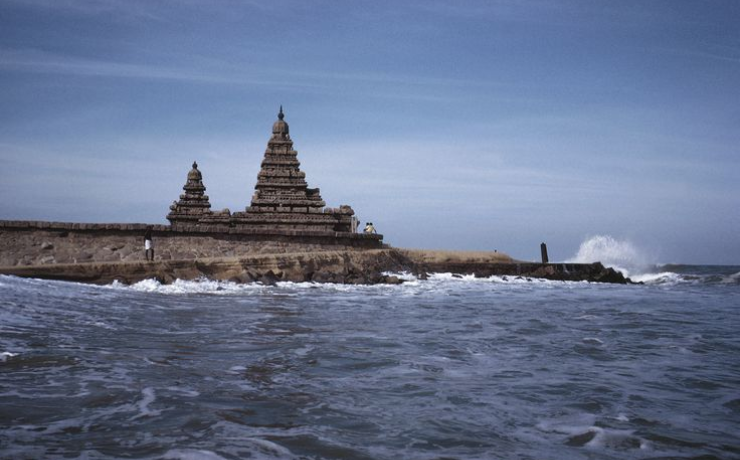The Ancient Stone Sculptures Of Mahabalipuram

Mahabalipuram, located on the coast of the Bay Of Bengal, is home to an impressive collection of ancient stone sculptures. The art dated back to the 7th and 8th centuries CE and was created by the Pallava dynasty. They are considered some of the most exceptional examples of Indian rock-cut architecture. Dhanush Kumar will help you to explore the stunning stone sculptures of Mahabalipuram and their significance in Indian art and culture.
The Pancha Rathas
The Pancha Rathas, or ‘Five Chariots’ are a group of monolithic rock-cut temples located on the edge of Mahabalipuram. They are named after the five Pandava brothers. They are carved out of granite and are believed to be constructed in the 7th century CE. Each ratha here is unique in design, and the entire complex is a stunning example of Pallava architecture. They are decorated with carvings of deities and mythological figures.
The Descent of the Ganges
The Descent of the Ganges is a massive bas-relied located near Arjuna’s penance. The carving is 29 meters long and 16 meters high, depicting Lord Shiva bringing the river Ganges down to earth. The carving is a masterpiece of Indian art, created in the 7th century CE.
The Mahishasuramardini Cave
The Mahishasuramardini cave is a rock-cut temple dedicated to the Hindu goddess Durga. The temple is located on a hill and is believed to have been constructed during the 7th Century by the Pallava dynasty. The temple is famous for its intricate carvings of various deities, including Durga, Vishnu, Shiva, and Brahma. The cave is divided into three parts, the central part has a Durga sculpture, the left side has a Vishnu carving, and the right side has a Shiva carving.
Krishna’s Butterball
Krishna’s Butterball is a massive, naturally occurring boulder estimated to weigh around 250 tons and perched on a sloping hillside. The boulder is named after the Hindu deity Krishna, and the locals here believe that the boulder has been in its current position for over 1,200 years, and now it has become a popular tourist attraction.
Varaha Cave Temple
The Varaha cave temple is another rock-cut temple dedicated to the Hindu god Vishnu. The temple gets its name from the giant sculpture of Varaha, Vishnu’s boar incarnation, located inside the temple. The temple features several other sculptures, and carvings including Shiva, Durga, and Brahma. The temple is famous for its carvings of animals, including elephants, lions, and horses.
Olakkanesvara Temple
Olakkanesvara Temple is dedicated to Lord Shiva and was built during the 8th Century AD. The temple is made of granite and is notable for its carvings depicting various Hindu deities and mythological scenes. The most notable feature of the temple is its ornate gopuram, which also features a small balcony from which visitors can enjoy a panoramic view of the area.
Conclusion
The stone sculptures of Mahabalipuram are a true marvel. There is no shortage of stunning works of art to explore. Visiting Mahabalipuram is a unique opportunity to experience the rich cultural history of India through its awe-inspiring stone carvings.
Ad



